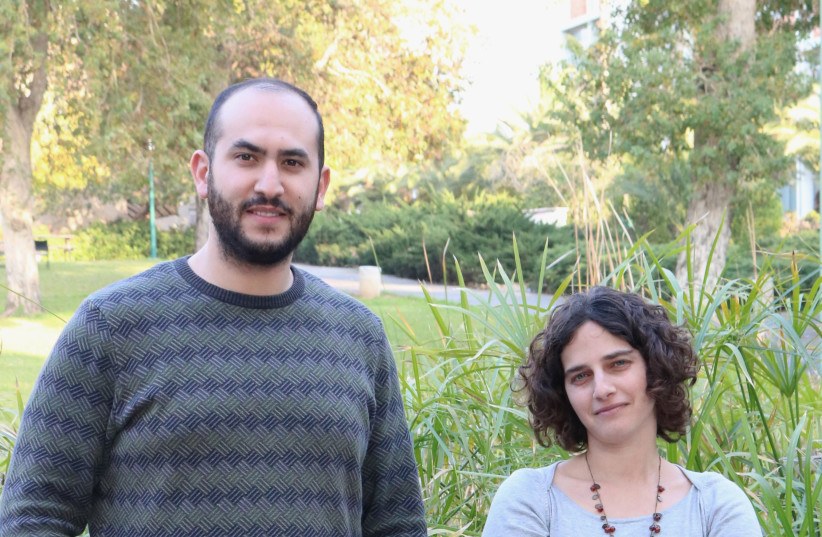A team of researchers from the Hebrew University in Jerusalem has found the hidden mechanism that enables aerial roots to grow, in a study that was published on Thursday.
The study, which was published in the peer-reviewed Science journal, identified the extremely rare cells that, when conditions are ripe, cause roots to grow in the air by decomposing the stem of individual cells.
“Superficially, these look like other plant cells, which is why they evaded detection for so long,” Prof. Idan Efroni, who led the research, explained. “We used new techniques to closely screen thousands of cells, one-by-one. We knew that by finding the cells that can make roots, we would be able to look for the ‘switch’ that turns them on.”
By closely examining the plant's organs which form root-cells, Dr. Naama Gil-Yarom, research-associate at the university lab, was able to catch the making of such an organ, called a meristem, and later identify the genes that are active at the transition point. In a closely following research, HU PhD student Moutasem Omary proved the genes' involvement in growth of aerial roots by deleting them. Those plants could not grow any roots at all.
Many plants make their roots above ground for many purposes, such as climbing (vines like ivy) or to support large branches (like trees in the family Ficus).

The research traced the evolution of these genes, and found that many major crops, that are used excessively by humans such as sweet potatoes, beans, tomato and rice, share the ability to grow aerial roots.
"“The ability to make aerial roots is highly advantageous to the plant,” explained Efroni. “In the event that the underground roots are flooded or damaged, the plant can grow aerial roots and survive the assault.”
The research results will allow better and more effective grafting. Grafted plants have the root system of one plant, but the above-ground system of another. This allows farmers to grow plants more resistant to soil diseases. Until now, if the top part of the graft developed a system of aerial roots, it would make the grafting useless and more prone to diseases.

